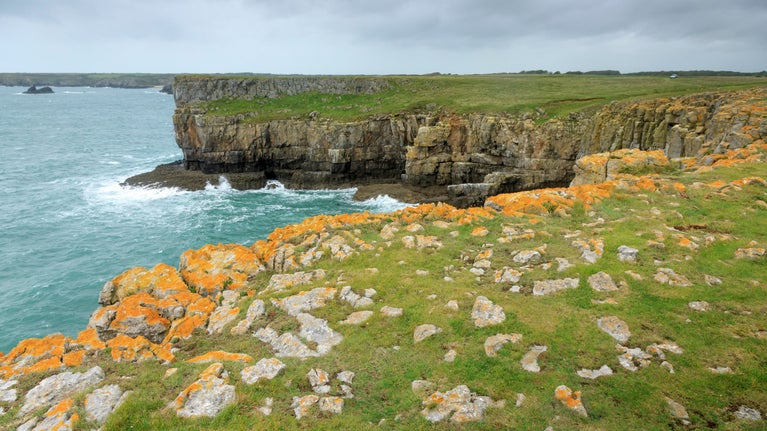
Coast
From the sounds of our shores to our tips for rock pooling, get closer to the coast.

After a long absence, choughs are returning to many coastal places where they were once a familiar sight, particularly in Cornwall and Pembrokeshire. Why not enjoy a spot of birdwatching while you take in dramatic sea views and explore historic buildings?
The chough is a red-legged, red-beaked member of the crow family with historic connections to Cornwall and Wales. Listen out for its loud and distinctive 'chee-ow' call and look for it digging for insects on open grassland or showing off its aerial skills in clifftop winds.



From the sounds of our shores to our tips for rock pooling, get closer to the coast.
Find out how the National Trust is working to reverse the decline of the red-legged chough by recreating habitats where this characterful bird can thrive.

Find out how the changing seasons affect the birds you’ll see out and about, with spotting tips and photo galleries to guide you.

There are more than 600 known bird species in the UK and their calls are an important clue when bird spotting. Listen to our selection of distinctive birdsongs to get you started.

Find the best places across England, Wales and Northern Ireland to spot seals in the wild. Whether you're on a coastal walk or boat trip, there are plenty of places to see both grey and common seals as they come ashore to give birth.
